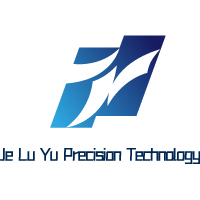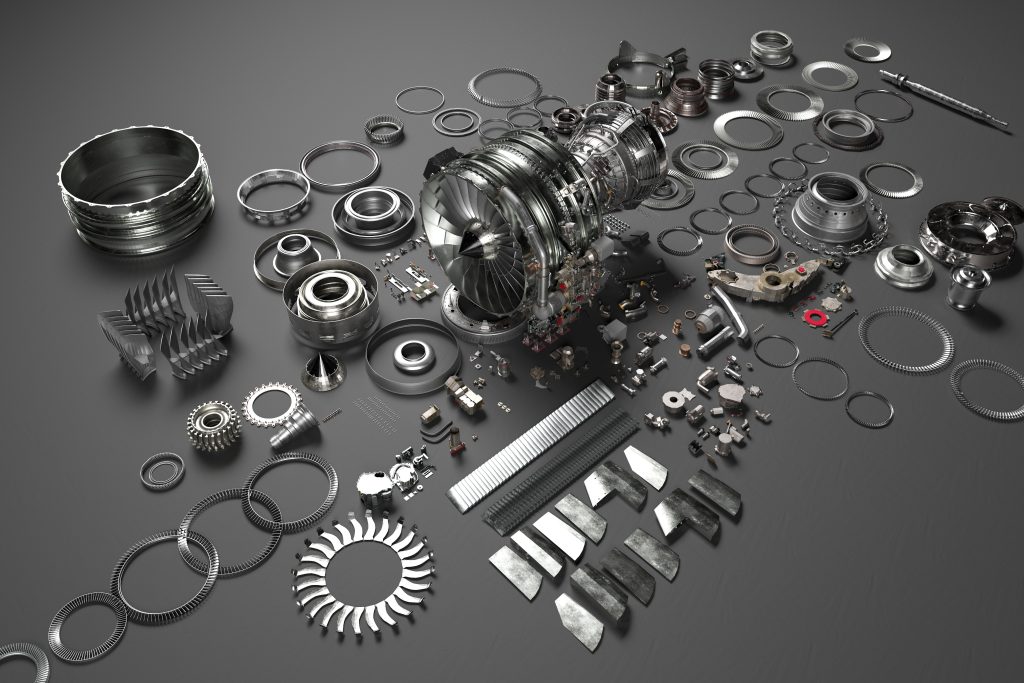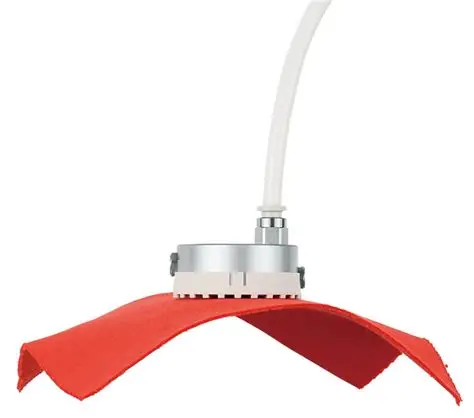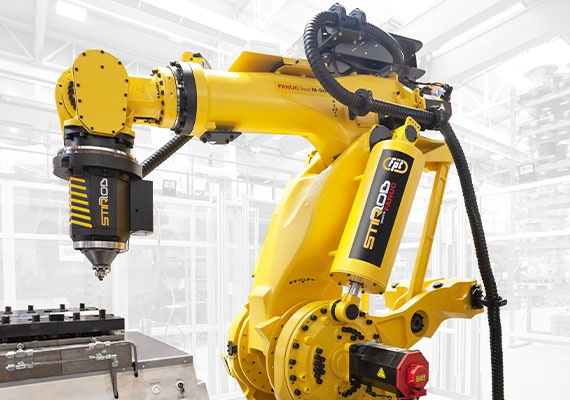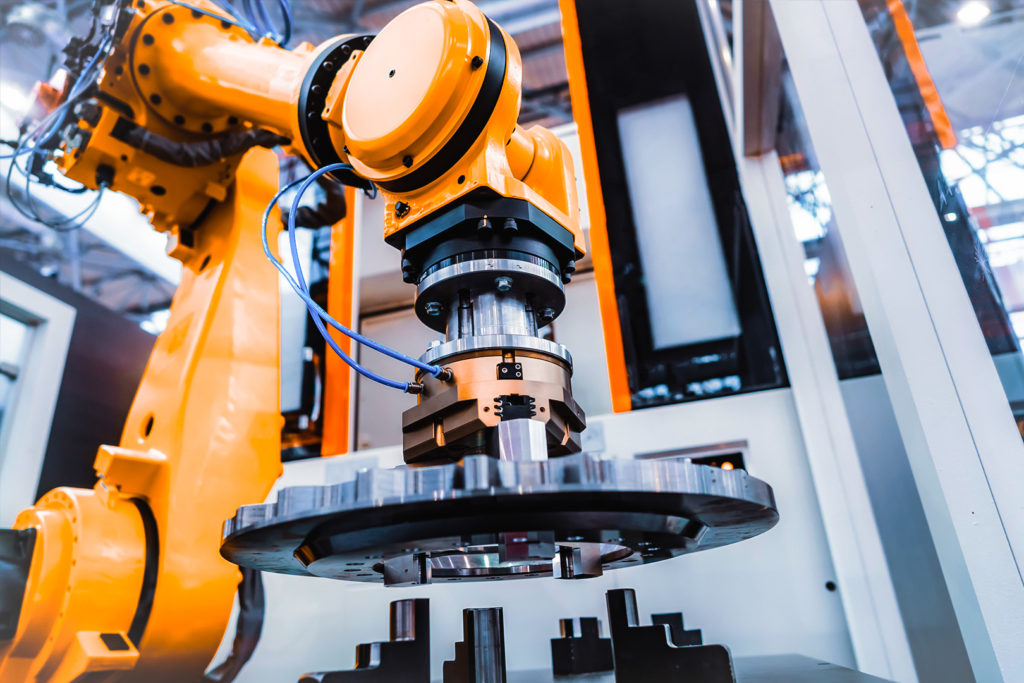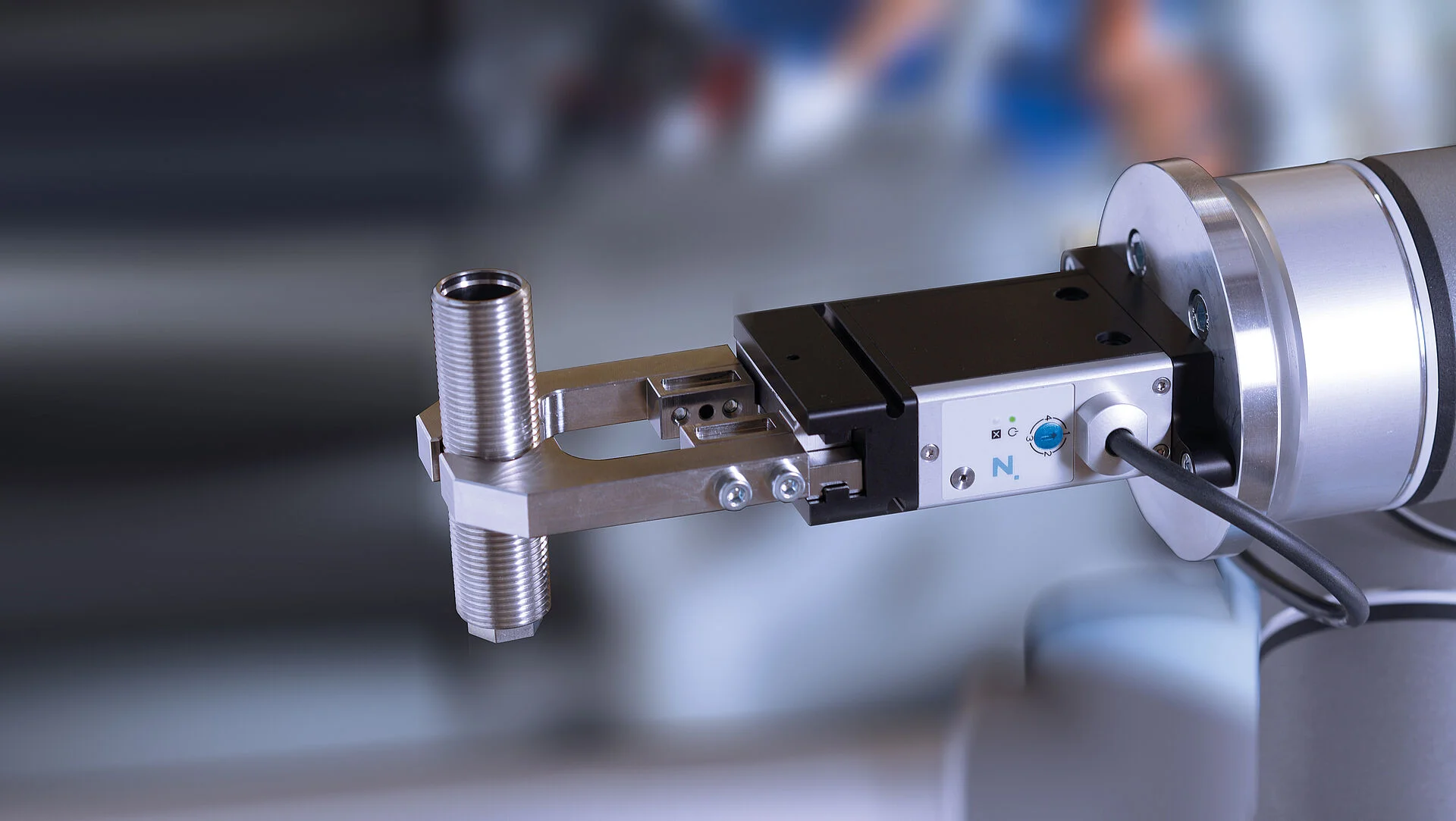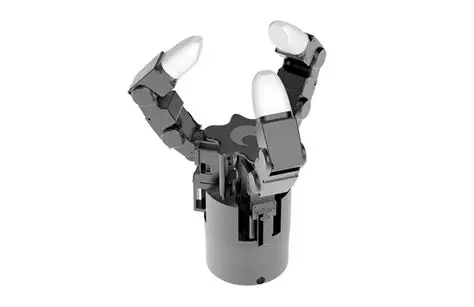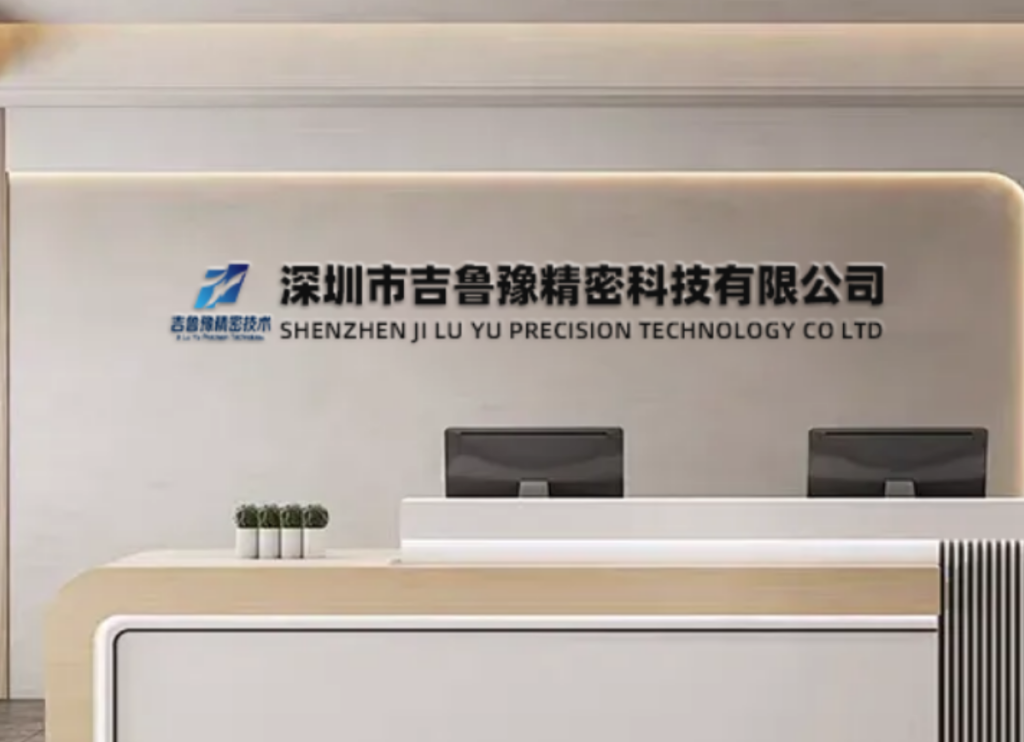Beyond Conventional Memory: JLYPT’s High-Temperature Shape Memory Alloys Redefine Precision Engineering
Shape memory alloys (SMAs) have long fascinated engineers with their ability to “remember” original shapes—but traditional SMAs like Nitinol falter above 100°C. Enter high-temperature shape memory alloys (HTSMAs) like NiTiHf and Cu-Al-Ni, which maintain phase-transition capabilities at 300°C and beyond. At JLYPT, we specialize in CNC machining these advanced materials into components that enable smarter aerospace systems, industrial automation, and energy-efficient actuators.
This article explores how JLYPT’s HTSMA solutions overcome machining challenges to unlock applications once deemed impossible.
Why High-Temperature Shape Memory Alloys Demand Specialized Machining
High-temperature shape memory alloys blend metallurgical complexity with transformative functionality:
-
300°C+ Phase Transition: Actuate repeatedly in extreme environments.
-
High Work Hardening Rates: Rapid hardening during cutting risks tool fracture.
-
Microstructural Sensitivity: Heat-affected zones (HAZs) disrupt shape memory behavior.
JLYPT’s proprietary processes preserve these alloys’ unique properties while achieving micron-level precision.
JLYPT’s HTSMA Solutions: NiTiHf, Cu-Al-Ni, and Beyond
1. NiTiHf: Aerospace-Grade Actuation
NiTiHf (Nickel-Titanium-Hafnium) operates up to 400°C, ideal for:
-
Spacecraft Deployables: Solar array hinges that self-deploy in orbit.
-
CNC Challenges:
-
Hafnium-induced tool abrasion.
-
Phase transition stability post-machining.
-
-
JLYPT’s Approach:
-
Cryogenic machining (-50°C) to suppress HAZs.
-
Laser-assisted milling to reduce cutting forces by 35%.
-
Case Study: A satellite manufacturer achieved 99.99% deployment reliability with JLYPT-machined NiTiHf hinges.
2. Cu-Al-Ni: Cost-Effective Industrial Actuators
Cu-Al-Ni (Copper-Aluminum-Nickel) excels in 250-350°C industrial settings:
-
High-Temperature Actuators: Valve controls for chemical reactors.
-
CNC Innovations:
-
Ultrasonic vibration-assisted turning to prevent grain boundary cracking.
-
In-situ annealing via induction heating during drilling.
-
Conquering HTSMA Machining Challenges
1. Preserving Shape Memory Functionality
-
Low-Stress Grinding: Diamond wheels with 5µm grit size achieve Ra 0.1 µm finishes without phase disruption.
-
Post-Machining Aging: Heat treatment at 500°C restores transition temperatures altered during cutting.
2. Tooling & Process Control
-
CBN/PCD Tools: 10x lifespan vs. carbide in NiTiHf milling.
-
Real-Time Thermal Monitoring: Infrared sensors maintain workpiece temps below 150°C during machining.
Industry Applications: Where HTSMAs Excel
1. Aerospace: Smarter Space Systems
-
Morphing Wing Structures: Cu-Al-Ni ribs that adapt to aerodynamic loads.
-
Mars Rover Antennas: NiTiHf elements self-deploy upon exposure to Martian daytime heat.
2. Industrial Automation
-
300°C Safety Valves: Cu-Al-Ni actuators shut down chemical processes during overheating.
-
Energy Harvesting: HTSMA springs convert waste heat into mechanical energy.
Quality Assurance: Certifications & Compliance
JLYPT’s HTSMA machining meets:
-
AMS 4891: Aerospace SMA component standards.
-
ISO 1099: Fatigue testing for actuator durability.
-
ASTM F2063: Medical-grade NiTi (analogous process controls).
Sustainable HTSMA Manufacturing
JLYPT minimizes environmental impact through:
-
Hafnium Recycling: 95% recovery from NiTiHf machining waste.
-
Dry Machining: Eliminates coolant use in 70% of Cu-Al-Ni processes.
-
Energy Recovery: Waste heat from aging ovens powers facility lighting.
Partner with JLYPT: From Concept to Orbit
-
Material Selection: Consult our HTSMA Design Guide.
-
Prototyping: Functional SMA samples in 15 days.
-
Full Certification: Material test reports & space-grade compliance documentation.
Conclusion: Engineering the Future with Intelligent Materials
High-temperature shape memory alloys like NiTiHf and Cu-Al-Ni bridge the gap between material science and functional design. JLYPT’s CNC machining expertise transforms these alloys into reliable components that “think” in extreme environments—from the vacuum of space to the heart of industrial reactors.
Ready to activate innovation? Contact JLYPT to explore HTSMA solutions.
